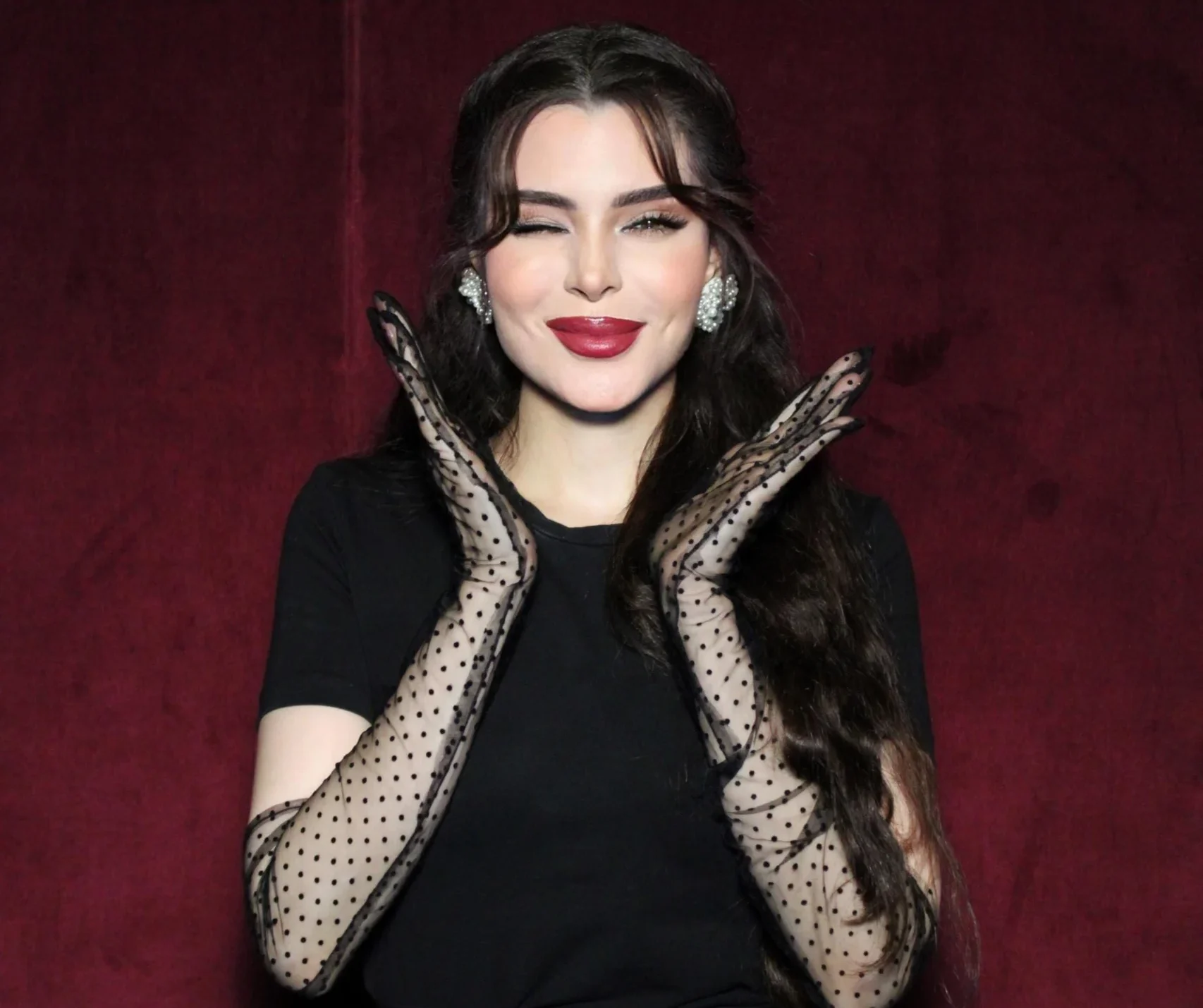The Good, the Bad and the Ugly Side of Social Media Influencers
By Aniqa Yousaf

There is no denying that the existence of social media influencers has changed the world. Many may have started out with small and young followings on YouTube, which eventually exploded into major brand deals, nominations for prestigious awards, and followings of millions on major social media platforms like Instagram and TikTok. With a near-constant presence on the world’s stage comes great power and influence, as the job title implies. Many have wielded this responsibly and for the greater good. However, this phenomenon is a double-edged sword that can enlighten as well as impair.
Much of the online work produced by influencers is one way or another, “aspirational”. While such content can (and has) offered encouragement and inspired viewers to make positive changes in their lives, too much of anything is a bad thing, and this has tipped over into territory that is destructive rather than constructive. Many influencers have notoriously become the bane of our existence by creating new problems or exacerbating existing ones.
Impossible body standards have plagued us for as long as humanity has excited. This has exponentiated tenfold with the accessibility of influencer content. One’s explore page can very easily fill up with influencers sporting and monetizing their conventionally attractive faces and bodies for the average person to see at any time. What we do not see is the hundreds of other photos that were not posted, the hours spent planning the shoot, the possible digital manipulation to make the model look that much more unreal, the fillers, cosmetic surgery, and steroid usage that many do not disclose to convince their following that they indeed look “perfect” all the time. Aided by the addictive way social media platforms have been designed, there have been far too many people who are suffering from eating disorders, awful body image issues, and abusing drugs to achieve an unreal perfection that does not exist. A 2016 study by MIT concluded that nearly 20% of people suffer from depression that has been abetted by social media with 7% of the subjects suffering from anxiety. In addition, sites like Instagram frequently present inflated ideals of lifestyle and beauty, which can cause insecurities and relationship discontent. Moreover, the widespread presence of explicit content on social media platforms normalizes vulgarity and challenges cultural norms about decency and dignity.
This quest for perfection also manifests in the form of overconsumption. The ongoing craze over the Stanley Cup is but one of many, many examples of influencers being paid by businesses to convince their audience that they need this business’s product (regardless of how true that is). Influencers have gleefully posted shelves full of the sleekly designed cup in as many designs and patterns as they have been able to come across, boasting that they have a cup “to match every outfit”. Many are predicting that several of these bottles will end up in landfills and have pointed out that this phenomenon destroys the purpose of a reusable water bottle, something designed to cut down our consumption of single-use plastic bottles and can last the user for several years (if not an entire lifetime).
A study by the University of Missouri revealed a link between the rise of divorce rates and social media usage, fueled by the “highlight reels” posted by couples on social media, idealized snapshots that don’t show the ups, downs, and effort that goes into a committed relationship. Such depictions have led to feelings of inadequacy, dissatisfaction, and unrealistic expectations within a relationship that may have otherwise been healthy. However, increasing rates of divorce and discontentment may also be attributed to people realizing that they are trapped in unhappy or abusive relationships and fortunately becoming empowered to try and leave it.
As it is with most things in the world, the true roots of this issue can be traced back to our current psychological, economic, and sociopolitical status quo. Especially to a generation who have watched their predecessors work themselves to the bone in pursuit of promotions and pay raises that never came for companies that announce record-breaking profits every year while their employees cannot afford to buy homes, being a social media influencer who is sent free products, gets paid to travel and has control over their work-life looks like an awfully lucrative career path.
While there is certainly some truth to glamorous influencer lifestyles, many of them go into debt to be able to build, maintain, and flaunt a luxurious lifestyle that they cannot afford, some even going to the extent of faking it together. There are indeed several social media influencers who promote harmful habits, misuse their fanbase, and mislead the public, sometimes to dangerous extents to make a quick buck, they are merely a symptom of the larger problem rather than the source of it. However, merely being the face of such problems certainly does not mitigate them their complacency. As has been discussed and demonstrated, influencers possess a lot of power and agency, and many influencers have used their platforms for the greater good while being able to monetize their creations and maintain a steady income, so there is certainly no excuse for those who do the opposite.
To alleviate this, on an individual level, one could unfollow them and avoid influencers (and any online profiles in general) that hinder our relationship with our mental, emotional, and physical health. Another way to cut down on social media screen time is to disable notifications for non-essential apps (which means we are not tempted to open every notification we receive and inevitably get lost in the doom-scrolling rabbit hole) and limit the amount of time we spend on an app. Some third-party apps and extensions have this function, and some smartphones have such built-in features.
On a larger scale, we collectively need to hold influencers who abuse their reach accountable, avoiding the platforming of the ones that do and encouraging the ones that don’t. Governments could additionally introduce measures that make it mandatory for influencers to maintain a degree of transparency and forbid the misuse of their followings.
You may be interested to read other articles in Magnav Magazine such as Moroccan Caftan a Traditional Heritage between Past and Present, Understanding the Attire Enigma in Pakistan’s Women, Scale the External and Spiritual Attractiveness in Women, and Womanhood in the East.
You may be interested in reading other Magnav Magazine articles such as The Enchanted ‘UTOPIA’ of Dubai, Nutritious Skin Reduces the amount of Makeup You May Need, Breaking Barriers, Digital Landscape Influencing The Magazine Industry, and Navigating the Unspoken Realm of Female Infertility.


